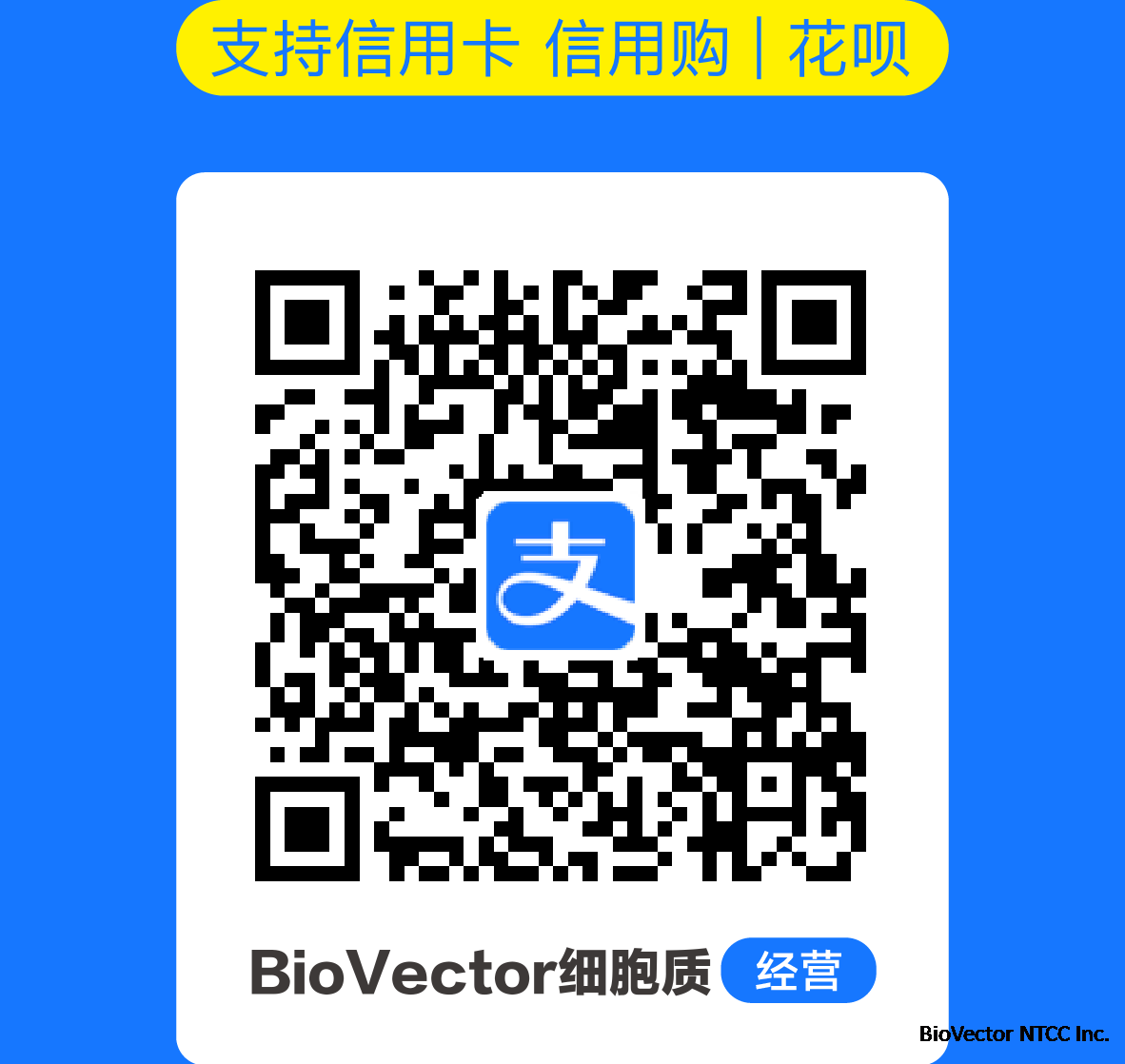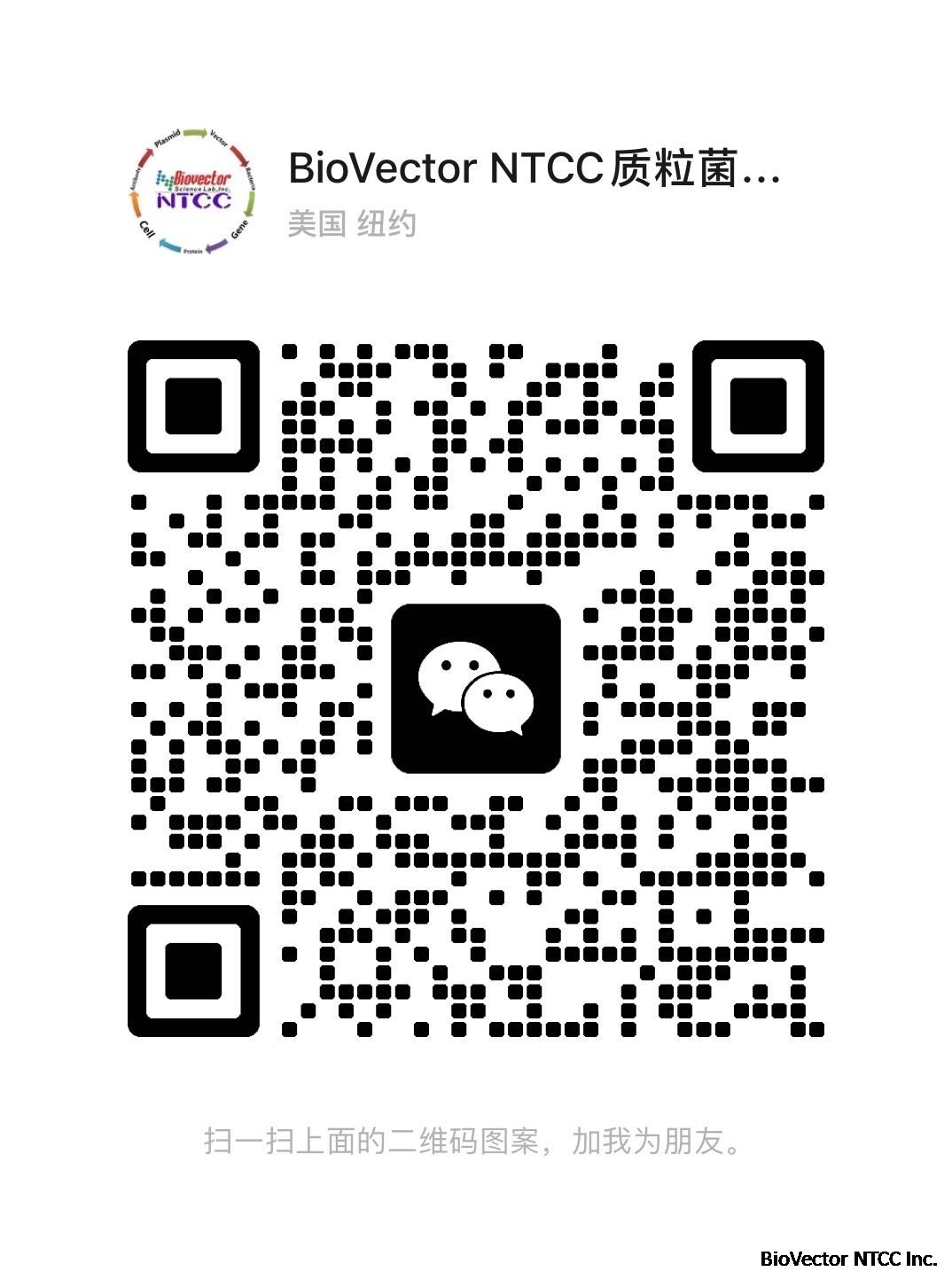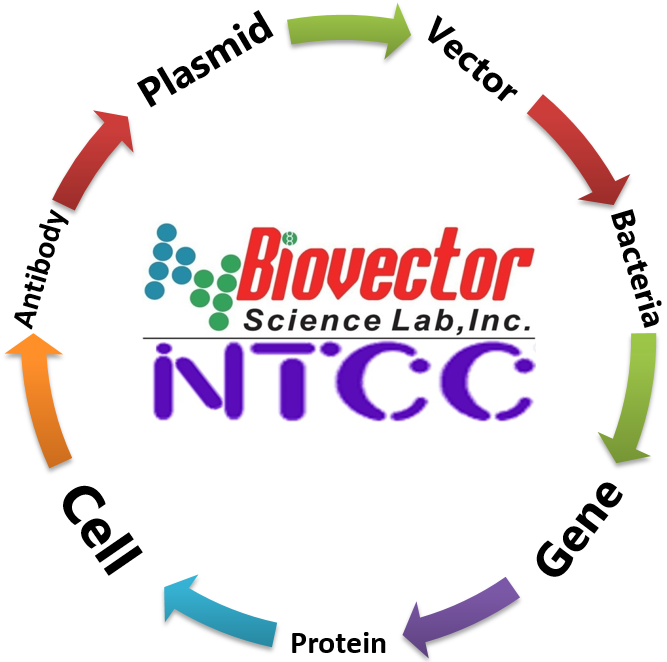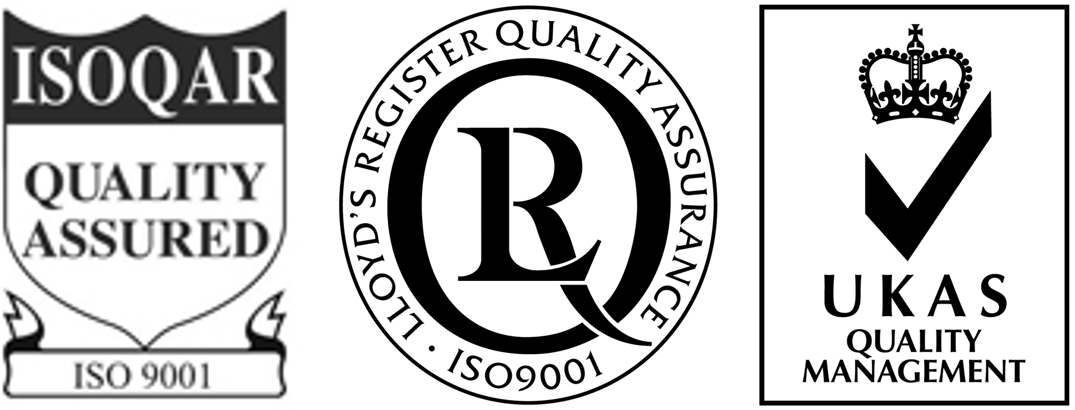- BioVector NTCC典型培养物保藏中心
- 联系人:Dr.Xu, Biovector NTCC Inc.
电话:400-800-2947 工作QQ:1843439339 (微信同号)
邮件:Biovector@163.com
手机:18901268599
地址:北京
- 已注册
NIH:OVCAR-3 [OVCAR3] Cell Line
OVCAR-3人上皮性卵巢癌细胞株
Cat No.: NTCC594777
BioVector NTCC质粒载体菌种细胞蛋白抗体基因保藏中心www.biovector.net
Organism | Homo sapiens, human |
Tissue | ovary |
Cell Type | epithelial |
Product Format | frozen |
Morphology | epithelial |
Culture Properties | adherent |
Biosafety Level | 1 |
Disease | adenocarcinoma |
Age | 60 years |
Gender | female |
Ethnicity | Caucasian |
Applications | This cell line is a suitable transfection host. |
Karyotype | The cell line is aneuploid human female, with chromosome counts in the sub to near-triploid range. Several normal chromosomes (N11, N13, N14, N15, N16, N17, and N22) are clearly under-represented. Many of these missing chromosomes are represented in the large number of cytogenetically altered chromosomes identified as marker chromosomes. In addition to the marker chromosomes, there are a large number of other structurally abnormal and unassignable chromosomes that are not recognized as markers. Random loss and gain of chromosomes from cell to cell are noted in the exact chromosome counts and in the analysis of the karyotypes. |
Images |
|
Derivation | The NIH:OVCAR-3 line was established in 1982 by T.C. Hamilton, et al. from the malignant ascites of a patient with progressive adenocarcinoma of the ovary. |
Clinical Data | Caucasian female 60 years |
Receptor Expression | Androgen receptor, positive; estrogen receptor, positive; progesterone receptor, positive |
Tumorigenic | Yes |
Effects | Yes, Forms colonies in soft agar Yes, in nude mice inoculated subcutaneously with 10(7) cells (Tumors developed within 21 days at 100% frequency (5/5).) |
Comments | Forms colonies in soft agar and has an abnormal karyotype. Resistant to clinically relevant concentrations of adriamycin, melphalan and cisplatin. Both cultured cells and xenografts exhibit androgen and estrogen receptors. Xenograft models have been used to show that treatment with 17 beta estradiol can induce progesterone receptors in this human ovarian carcinoma. |
Subculturing | Volumes used in this protocol are for 75 sq cm flasks; proportionally reduce or increase amount of dissociation medium for culture vessels of other sizes. Corning® T-75 flasks (catalog #430641) are recommended for subculturing this product. 1.Remove and discard culture medium. 2.Briefly rinse the cell layer with Ca++/Mg++ free Dulbecco's phosphate-buffered saline (D-PBS) or 0.25% (w/v) Trypsin - 0.53 mM EDTA solution to remove all traces of serum which contains trypsin inhibitor. 3.Add 2.0 to 3.0 mL of Trypsin-EDTA solution to flask and observe cells under an inverted microscope until cell layer is dispersed (usually within 5 to 15 minutes). 4.Add 2.0 to 3.0 mL of complete growth medium and aspirate cells by gently pipetting 5.Resuspend the cell pellet in fresh growth medium. Add appropriate aliquots of the cell suspension to new culture vessels. 6.Incubate cultures at 37°C. Subcultivation Ratio: A subcultivation ratio of 1:2 to 1:4 is recommended Medium Renewal: Every 2 to 3 days |
Cryopreservation | Freeze medium: Complete growth medium, 95%; DMSO, 5% Storage temperature: liquid nitrogen vapor temperature |
Culture Conditions | Temperature: 37°C |
STR Profile | Amelogenin: X CSF1PO: 11,12 D13S317: 12 D16S539: 12 D5S818: 11,12 D7S820: 10 THO1: 9,9.3 TPOX: 8 vWA: 17 |
Isoenzymes | AK-1, 1 ES-D, 1 G6PD, B GLO-I, 1 PGM1, 1 PGM3, 1 |
References | Hamilton TC, et al. Characterization of a human ovarian carcinoma cell line (NIH:OVCAR-3) with androgen and estrogen receptors. Cancer Res. 43: 5379-5389, 1983. PubMed: 6604576 Rogan AM, et al. Reversal of adriamycin resistance by verapamil in human ovarian cancer. Science 224: 994-996, 1984. PubMed:6372095 |
您正在向 biovector.net 发送关于产品 OVCAR-3人上皮性卵巢癌细胞株-BioVector NTCC质粒载体菌种细胞蛋白抗体基因保藏中心 的询问
- 公告/新闻





